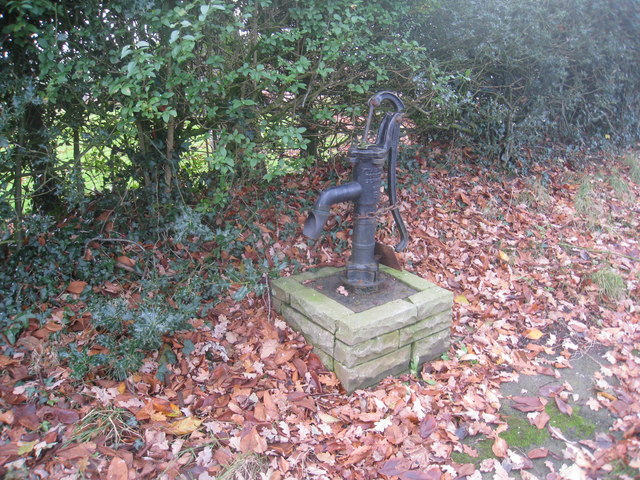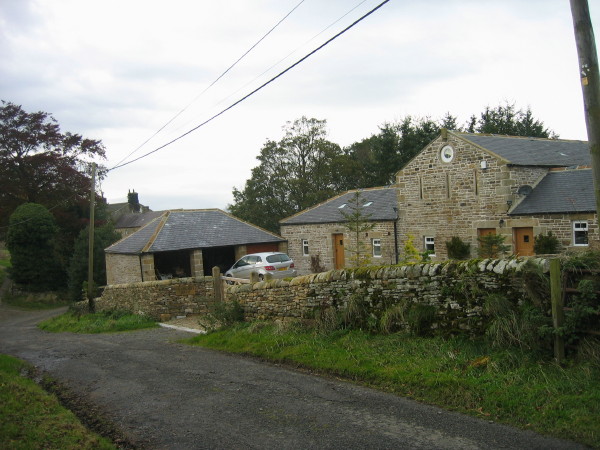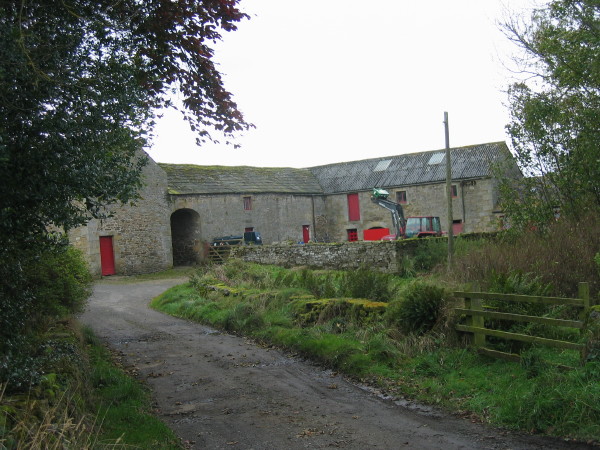Topics > Cumbria > Wreay > History of Schools in Wreay
History of Schools in Wreay
The Chapel of Wreay had fallen into neglect after the Reformation; the "Twelve Men of Wreay" converted the chapel into a schoolhouse (for boys only). Like many other schools at the time there was a tradition of cock-fighting at Wreay School, with a silver cock-fighting bell endowed in 1655.
Summary of Wraey Grammar School, based on Nicholas Carlisle's "A Concise Description of the Endowed Grammar Schools in England and Wales" published in 1818 (c/o Wikipedia article):
Extract from: The Worthies of Cumberland ...by Henry Lonsdale, 1873.
pp 222-3. part of the entry for "Sara Losh of Woodside"
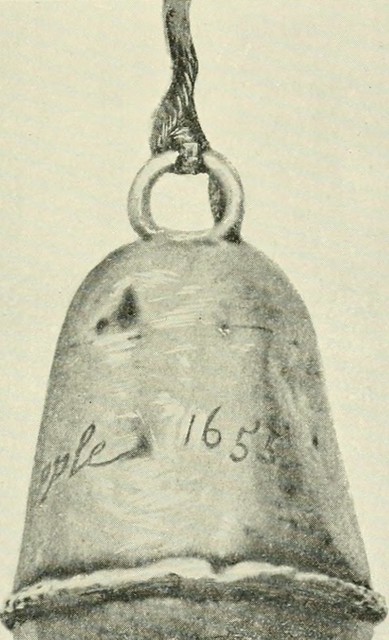
Co-Curate Page
Wreay Cock-fighting Bell
- In the distant past small silver bells were sometimes given as prizes for cock-fights held in schools. In England and Scotland, some schoolmasters supplemented their incomes with payments from boys …
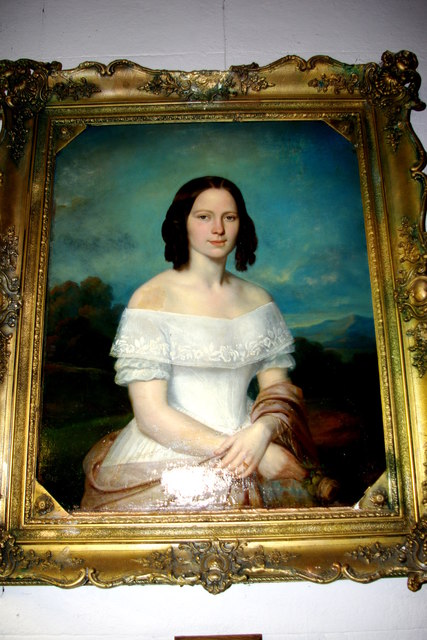
Co-Curate Page
Sarah Losh (1785 - 1853)
- Overview About Sarah Losh Sarah Losh was an architect and designer from Wreay in Cumbria. She designed St Mary's Church and other buildings in Wreay. Sadly, none of her papers …
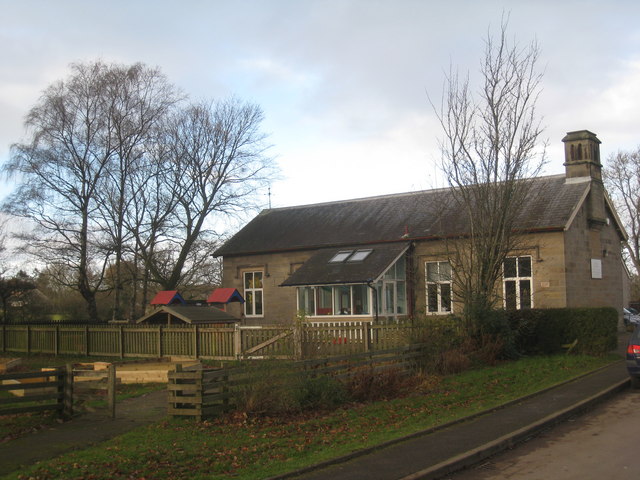
Co-Curate Page
Wreay CofE Primary School
- Overview Map Street View Wreay Church of England Primary School is a voluntary controlled school in the village of Wreay, located close to St Mary's Church. The school has roughly …


Co-Curate Page
Wreay Cock-fighting Bell
- In the distant past small silver bells were sometimes given as prizes for cock-fights held in schools. In England and Scotland, some schoolmasters supplemented their incomes with payments from boys …

Co-Curate Page
Sarah Losh (1785 - 1853)
- Overview About Sarah Losh Sarah Losh was an architect and designer from Wreay in Cumbria. She designed St Mary's Church and other buildings in Wreay. Sadly, none of her papers …


